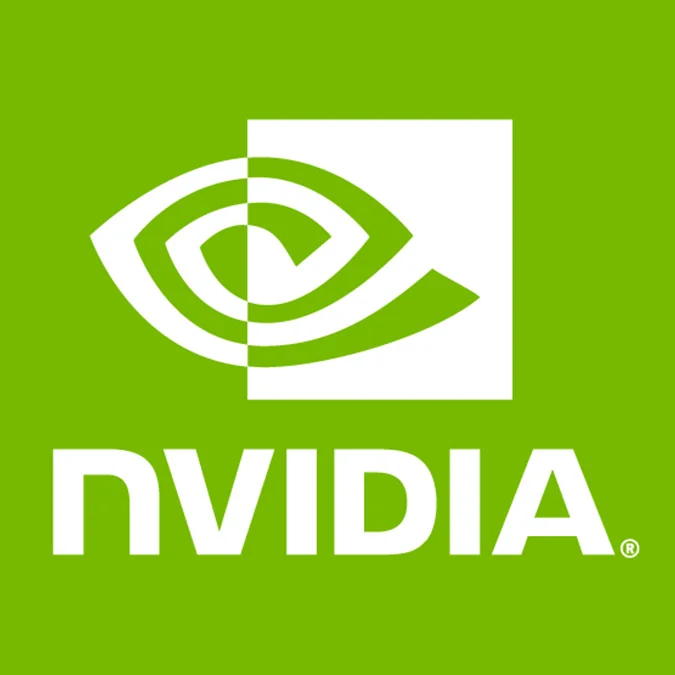NVIDIA Unveils The GeForce RTX 20 Series, Linux Benchmarks Should Be Coming

Some highlights from today's NVIDIA announcements:
- Turing is the "greatest leap since 2006 CUDA GPU."
- 18.9 billion transistors in Turing.
- Computer graphics merging with neural net processing (NVIDIA NGX) as part of NVIDIA's RTX platform.
- Turing has a brand new SM yielding 14 TFLOPS + 14 TIPS, a ray-tracing core at 10 Giga rays/sec (10x that of the GTX 1080 capabilities), and a tensor core at 110 FLOPS FP16.
- The GeForce RTX 2070 has 8GB of GDDR6 video memory.
- The GeForce RTX 2080 has a Turing "TU104" GPU with 2944 CUDA cores, 384 tensor cores, 1515MHz base clock, 1710MHz boost clock, and 8GB of 256-bit GDDR6 video memory. The GeForce RTX 2080 has a 225 Watt TDP and will launch for $699 USD.
- The GeForce RTX 2080 Ti flagship graphics card is a "TU102" GPU with 4352 CUDA cores, 576 tensor cores, 1348MHz base clock, 1545MHz boost clock, and 11GB of GDDR6 video memory on a 352-bit bus. The RTX 2080 Ti has a 260 Watt rating and launching for $999 USD.
- The GeForce RTX 2080 series should begin shipping around 20 September.
Linux support should be there same-day, as has been the case for NVIDIA going back about a decade at least. This should also mean the NVIDIA 396 Linux driver series is about to be succeeded by a new branch given the likely invasive changes needed for Turing architecture support. It will be interesting to see what else may come into this next Linux driver series.
Unfortunately we were not invited by NVIDIA to their Gamescom event but are hopeful we'll be able to get a RTX 2080 graphics card for delivering the Vulkan/OpenGL/OpenCL/CUDA benchmarks in time for the hardware launch day... Stay tuned.
34 Comments

